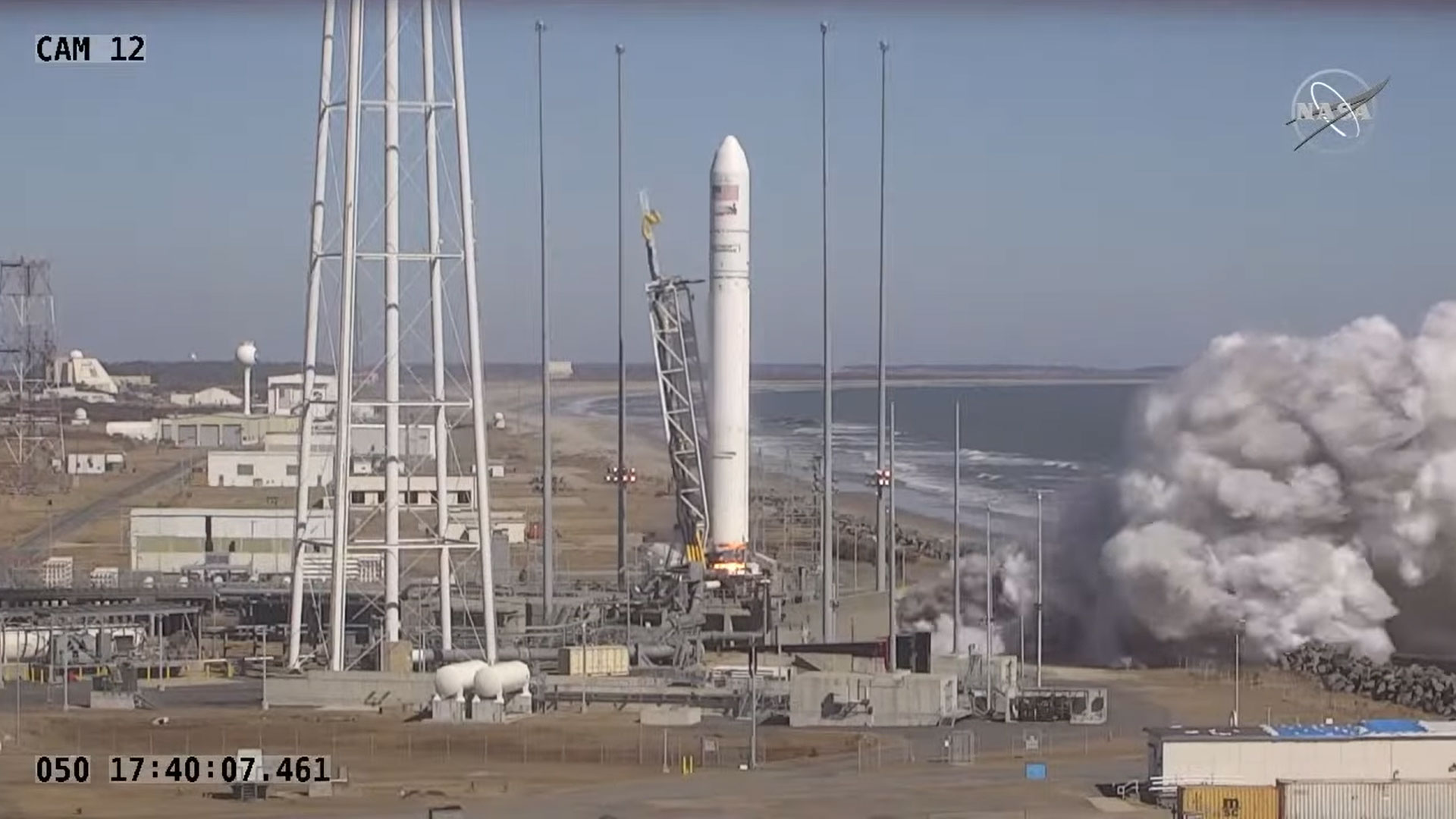What would the physics of foams and emulsions look like in the absence of gravitational effects? An international research involving the University of Parma will attempt to answer this question. The site where the measurements will be made will be the International Space Station (ISS). On Saturday, February 19, the Northrop-Grumman Group’s Cygnus NG-17 spacecraft departed from the launch pad of the Wallops Aviation Facility in Virginia, which in a few days will carry its payload to the International Space Station. On behalf of the European agencies (European Space Agency) and the US spacecraft (NASA).
In its “belly”, among other things, there will also be an experimental device developed with resources from the European Space Agency to study the physics of foams and emulsions in the absence of gravitational effects, with a particular focus on emulsions with low surfactant content and food emulsions. The experiments will be conducted aboard the International Space Station, by an international research group coordinated by Libero Liggieri (CNR-ICMATE) which also includes American (Virginia Commonwealth University), French (Aix-Marseille University) and German (Technical University Darmstadt). ), the Greeks (Aristotle University of Thessaloniki) and the Japanese (University of Tokyo), as well as 6 non-academic partners, among them the giant Unilever, along with Parma Future Culinary University. In this team, the research team “Laboratory for Molecular Nanotechnology” of the Department of Mathematical, Physical and Computer Sciences of the University of Parma, coordinated by Professor Luigi Christofolini, plays a key role in the implementation and interpretation of micro-spectroscopy experiments.
The role of the research group at the University of Parma is not limited to data analysis, as it is also the main responsible for it within the project: precisely because of the expertise of excellence in the field of spectroscopy technology, it is up to the Unipr group, together with the partners, to define the measurement protocols; Moreover, some of the samples that will be brought into orbit and analyzed have been identified and purchased by researchers from the University of Parma.
In the next six months, a large amount of data will literally fall “from the sky”, the interpretation of which will help to better understand the mechanisms that govern the life of emulsions, with the aim of aiding the development of more sustainable and less impacting processes while preserving the functionality of the end products.

“Prone to fits of apathy. Introvert. Award-winning internet evangelist. Extreme beer expert.”


